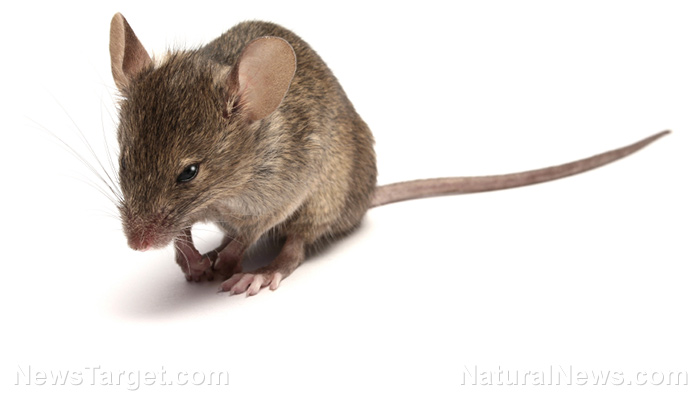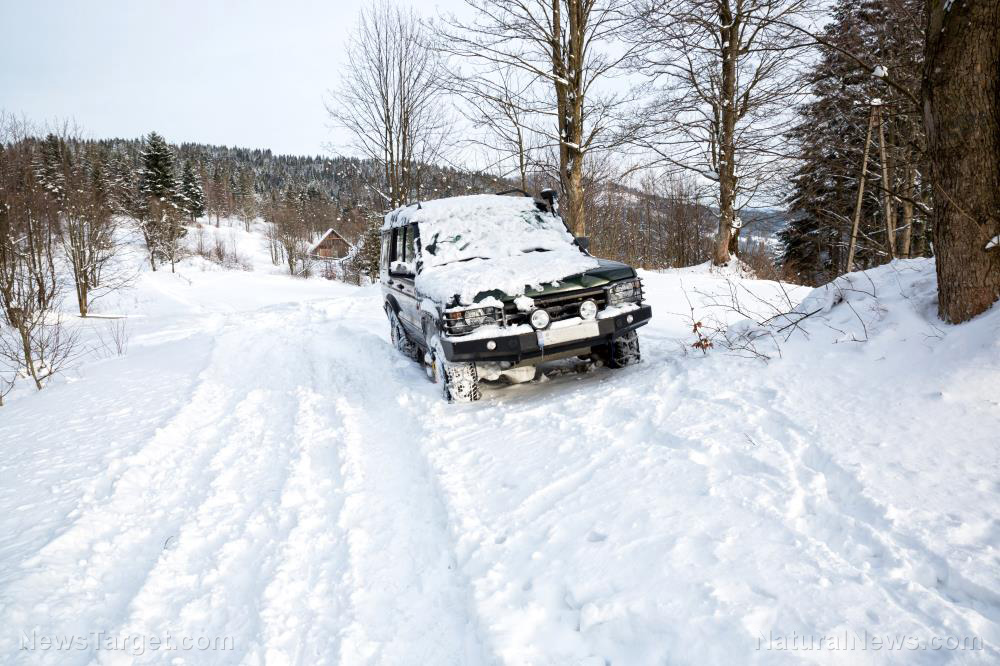FOOD COLLAPSE: German farmers in despair as field mice strip bare arable land
08/14/2020 / By Divina Ramirez

Plagues of mice had stripped bare more than 120,000 hectares of German farmlands, reported authorities. Farmers suspect that the succession of arid summers, among other factors, had enabled field mice to reproduce at a rate that had not been seen since the 1970s.
Farmers said that the mice had been tunneling under the fields for months and eating the roots of crops, thus leading to significant crop loss and, in turn, income loss. In fact, authorities report that as much as a quarter of crops and arable land are affected in the central state of Thuringia.
Some farmers argue that although atmospheric changes are to blame for the boom in the numbers of field mice, the reduction in the use of rodenticides also helped them flourish. But a number of animal groups disagree, citing instead the effect of fox hunting on the populations of foxes, field mice’s natural predators.
Succession of droughts led to an increase in field mice populations
Torrential rainfalls, thunderstorms and flash flooding seen in parts of Europe could not be further removed from the situation that Germany has been facing recently.
Lack of rain and high temperatures have German farmers approaching their third summer of drought, and authorities are concerned that this could cause further economic loss.
In fact, since mid-March of 2020, some regions had received less than 10 liters of rainfall per square meter of land compared to the usual 50 liters of rainfall per square meter, said agricultural minister Julia Klockner.
Similar trends had been apparent in the summers of 2018 and 2019. Experts speculate that the sparse precipitation enabled field mice to reproduce at a rate that farmers had not seen for decades.
German farmers in the affected regions also reported noticing an increase in the populations of voles in their fields. These are smaller, stockier rodents similar to field mice that are common across farmlands in Europe.
Limited and impractical options outside of rodenticide use
Despite the huge damage that both the drought and the field mice had done to crops, more is to be expected, said Klockner. For this reason, she called for an immediate reappraisal of rodenticide regulations.
The German Farmers’ Association (DBV) lauded Klockner’s initiative, stating that farmers must be given the means to protect their harvest.
The group cited strict regulations on rodenticides as the biggest hurdle keeping farmers from controlling field mice population.
However, not all groups were on board with Klockner’s decision. Magnus Wessel of the Association for the Protection of the Environment and Nature said that poison was not a solution. (Related: RAT POISON USE has resulted in new “super rodent” rats that are immune to chemical poisons.)
The side effects of easing regulations on rodenticides would be enormous, he said, as farmers also risk killing off the endangered common hamster. Birds could also ingest rodenticide-laced seeds and die as a result.
Outside of rodenticide use, farmers are also considering leaving their fields unsown for an entire winter to starve the field mice, but this isn’t a viable option for most.
Some farmers, on the other hand, are considering plowing the ground to get rid of the burrows. But given the drought, plowing could further harm the soil and make it less suitable for arable farming in the future.
Exploring a safer and more natural approach to curbing field mice populations
Instead of increasing rodenticide use, animal groups are calling for a ban on fox hunting instead. Foxes are natural predators to field mice and other small rodents in agricultural fields. In fact, each one can consume between 3,000 to 5,000 field mice every year. Therefore, in eating the mice, foxes control their numbers.
However, sport hunting is threatening fox populations in the wild. Recent reports estimate that sport hunters kill 400,000 foxes in Germany every year. Stricter regulations or a total ban on this practice could allow fox numbers to grow again and match those of the field mice.
In addition, Wessel suggested that overhauling Germany’s agricultural management could also help curb field mice populations. This overhaul would include developing a more diverse agricultural landscape featuring hedges and smaller fields that could encourage birds and foxes to visit and scour the fields for mice.
Learn more about the effects of drought on the environment at Environ.news.
Sources include:
Tagged Under: agriculture, animals, Drought, Ecology, Endangered species, environment, field mice, pests, wildlife
RECENT NEWS & ARTICLES
COPYRIGHT © 2017 ENVIRON NEWS





















